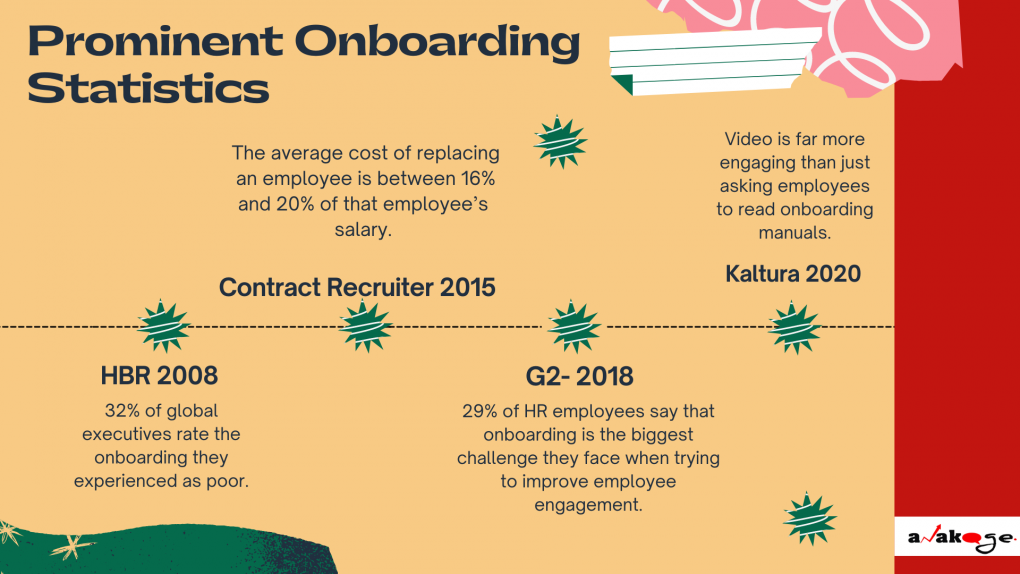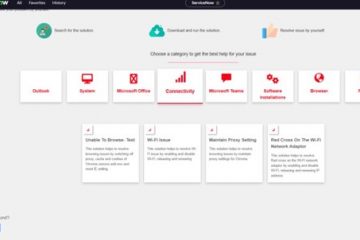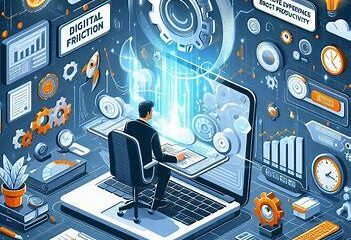Since the late 1990s, the boom in technology has paved the way to inculcate smart and technologically savvy methods to promote learning outcomes. Often, business organizations overlook employee onboarding and training, even though it touches almost every aspect of a business.
Operational excellence and efficiency are key pillars of success for any enterprise. Faster and effective onboarding of new employees has become one of the key performance areas for HR and Managers in today’s competitive era.
Contents
Mitigating challenges of Traditional Employee Onboarding
According to a study, it takes up to 24 days and up to $4000 to hire a new employee. With such a considerable amount of expenses, the further delay only adds to this cost and also declines the organization’s operating speed. We also cannot ignore the fact that conventional onboarding includes classroom training, print costs, administration time, and provisioning. While an effective onboarding process can increase productivity by 11%, 88% of all employees feel dissatisfied with their onboarding process.
Most organizations focus too much on check-lists completion, but that doesn’t necessarily translate to have successfully onboarded a new hire. The best onboarding processes are the kind that finds a good balance between the practical moments, availability of onboarding resources, and an engaging experience for the employees.
As per a survey conducted by the right management, 52% of organizations perceive effective onboarding as improving retention rates. The same survey indicates a 60% improvement in overall time to productivity and 53% of overall customer satisfaction. Additionally, 30% believe long-term outcomes of good onboarding include job satisfaction and organizational commitment.

Surveys have found that employees strongly favor innovative and visual mediums as a more engaging way to learn as compared to asking new employees to read onboarding manuals. Employee onboarding isn’t just about providing a corporate handbook and a to-do list. It is the first impression a company makes on its most valuable resource – its employees.
Achieving a fast, effective, and engaging onboarding
Here are our top picks of practices to help you develop a fast, effective and engaging onboarding program in 2021:
- An automated, interactive onboarding system can reduce the time taken to onboard new employees from days and weeks to a matter of minutes.
- Split up onboard training into bite-size pieces gives new hires time to understand the material and makes sure new employees only cover the materials relevant to them.
- Mixing onboarding activities as employees begin to take on regular responsibilities can help provide support and increase productivity.
- Visuals and engaging content help new employees familiarize themselves with the organization at a personal and direct level.
- A frequent tracking mechanism verifies if new employees have absorbed and retained information. Similarly, setting reminders for modules missed and analyzing data for the amount of time spent per module gives insights for improvement.
Anakage’s CoBotic User Support Solutions and Content Management system
Keeping the above challenges in mind, we at Anakage have come up with a unique Onboarding Buddy which not only tasks but guides the user inside enterprise applications besides setting up the user to be productive from Day ONE. A multilingual content management system(mCMS) can handle localized and customizable content to display across to different employees and/or locations.
The mCMS has an omnichannel presence, giving administrators the flexibility to access the portal from any device from anywhere with a working internet connection.
Anakage’s application support includes feature like In App guidance, Runtime Tool Tips, Validation of user actions, Branching based on the input provided by user
In-app guided tours help the employees guide through the various steps required to complete their onboarding process and set up their system. The on-screen pop-up messages remind users of the various steps involved in completing the onboarding process, in contrast to the predefined checklists defined by the administrator.

Our benchmarks have identified the potential of up to 50% decline in the time taken for for application training and onboarding with the help of on-screen guidance and pop-up communications, automating the process.
The administrator dashboard allows administrators to control the amount of content accessible by the user, and also keeps track of the amount of content consumed by the user. The administrators can also set up additional tasks for the new employees as and when required. New tasks appear as pop-up on-screen messages during the onboarding process. Depending on the priority of the tasks in hand, the on-screen messages come with a limited number of snooze options.
The platform is configurable without requiring any prior coding experience. The Platform supports a plethora of content formats like pdf, word, video, hyperlink, etc to create localized content in multiple international languages and control visibility across users base or user groups, minimizing the time taken to onboard new employees.
In Conclusion
Onboarding through automated and electronic methods allows for more in-depth training of new employees while also keeping new employees engaged and taking the unique challenges of a remote working environment. A flexible, modular, personalized, and interactive onboarding creates a personalized and connected experience. Choosing the right solution helps create a fast, effective, and engaging onboarding program fostering loyalty and improving job performance.
Read more:
HOW TO MANAGE ENVIRONMENT VARIABLES IN WINDOWS?
HOW TO SETUP TIME ZONE IN WINDOWS?
HOW TO CONVERT A WORD FILE TO PDF?
HOW TO REPAIR CORRUPTED WINZIP FILE?
HOW TO RESOLVE BROKEN IMAGES IN EMAIL BODY ?
HOW ACCOUNT LOCKOUTS FOR VARIOUS CREDENTIALS CAN BE RESOLVED



0 Comments